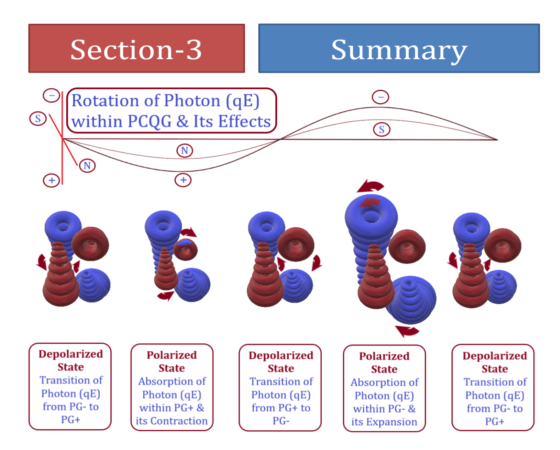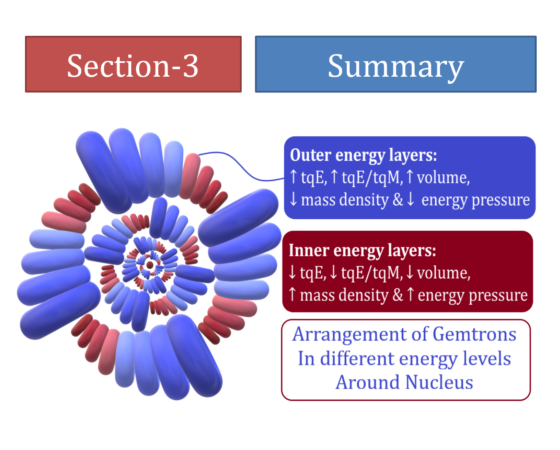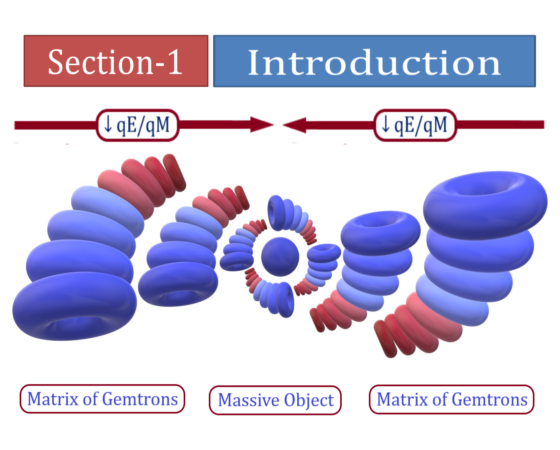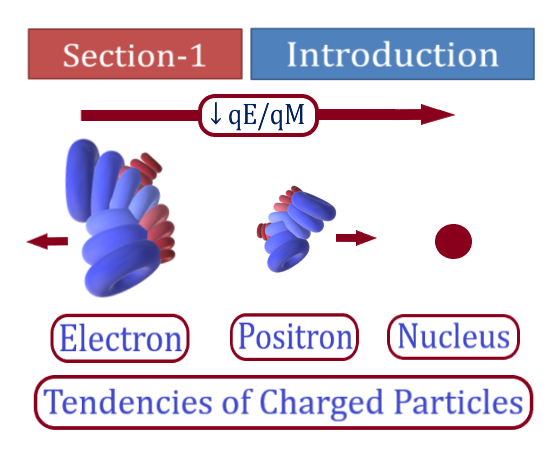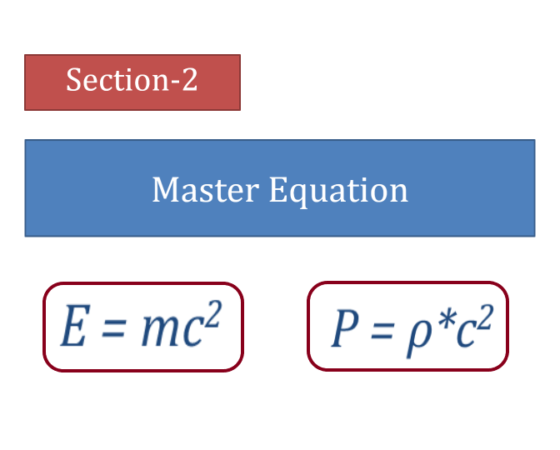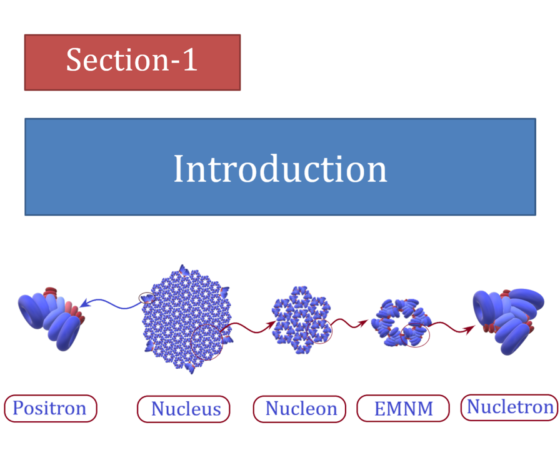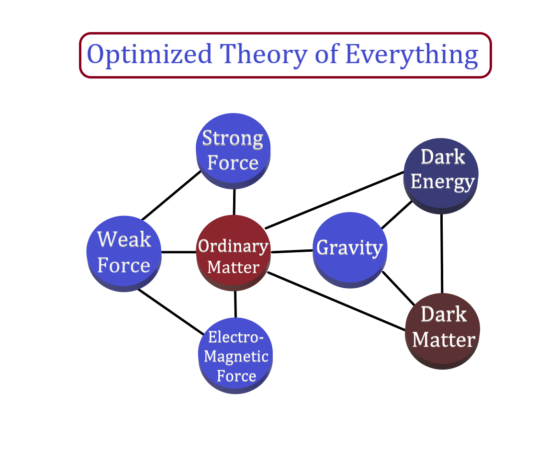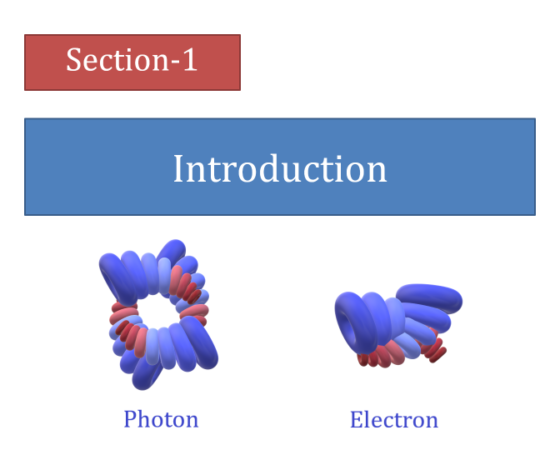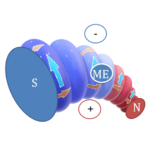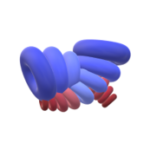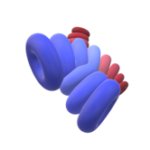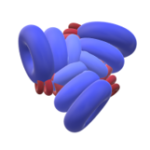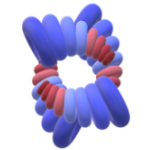About SRCEAP
Our beliefs
Nature has given us many clues; we need to just reveal the first principle behind it by the keen detection of all interrelated natural phenomena. This ultimate logic which can explain all the events of nature in the simplest and the most reasonable way can lead to the most dependable and valuable research.
Our mission
We are eager to find out a real logic that can explain all the practical outcomes noted down till date. We want to update or upgrade the traditional theory to make them more dependable. We want to apply the first principle for the manufacturing of products with the minimum expenditure of energy and time.
Our Vision
To make science easier to understand by interlinking all scientific observations found out till date. To apply the knowledge of science to find out new possibilities which can make our life more beautiful and fill up zeal in our thinking and behavior for the betterment of our civilization & mother nature.

